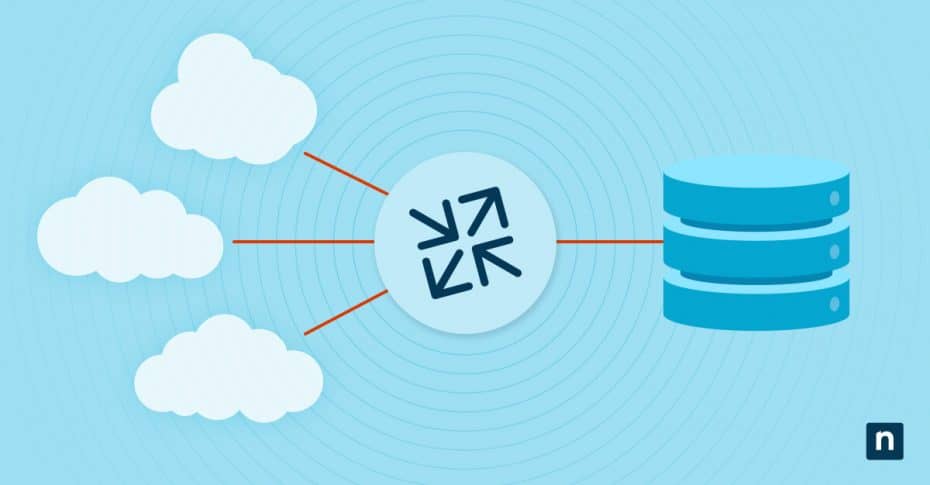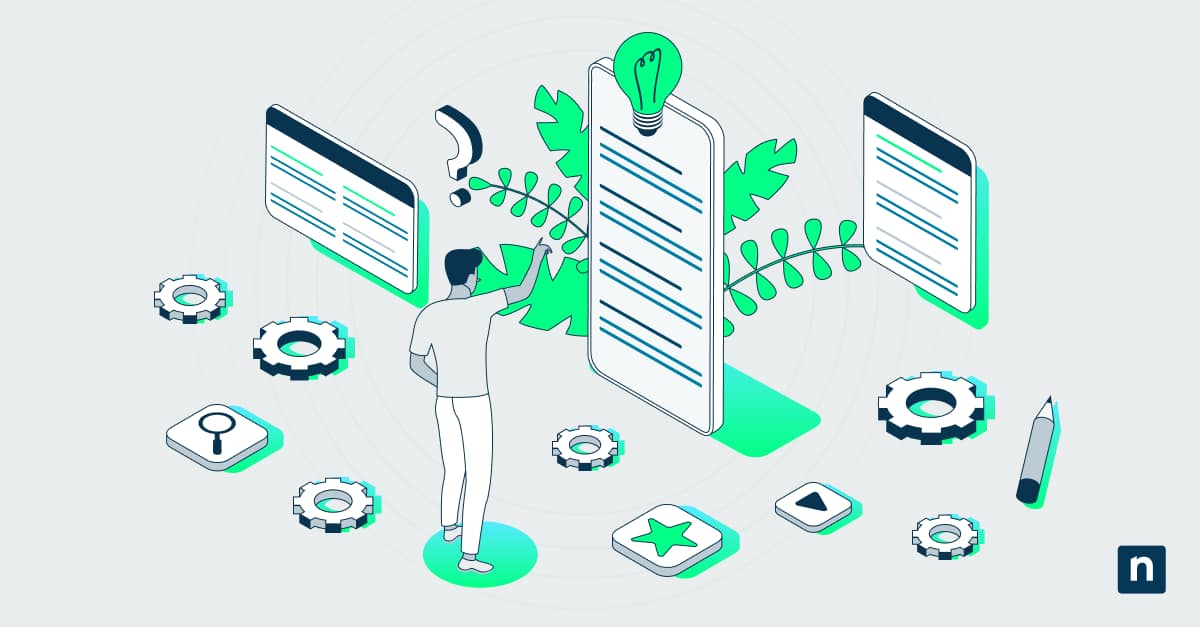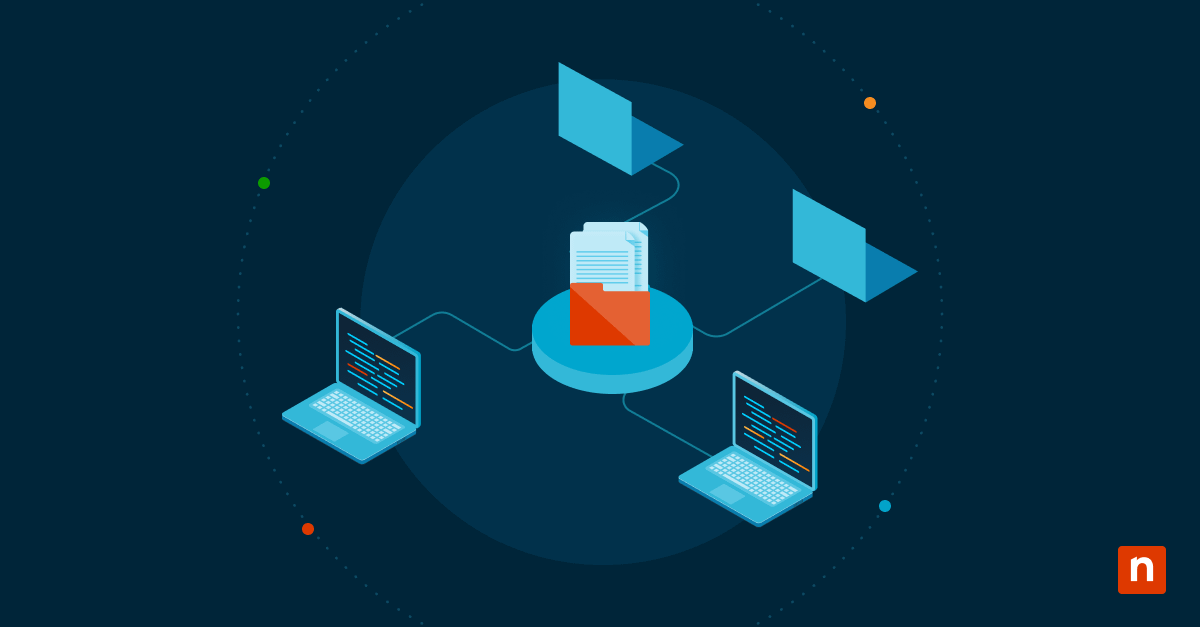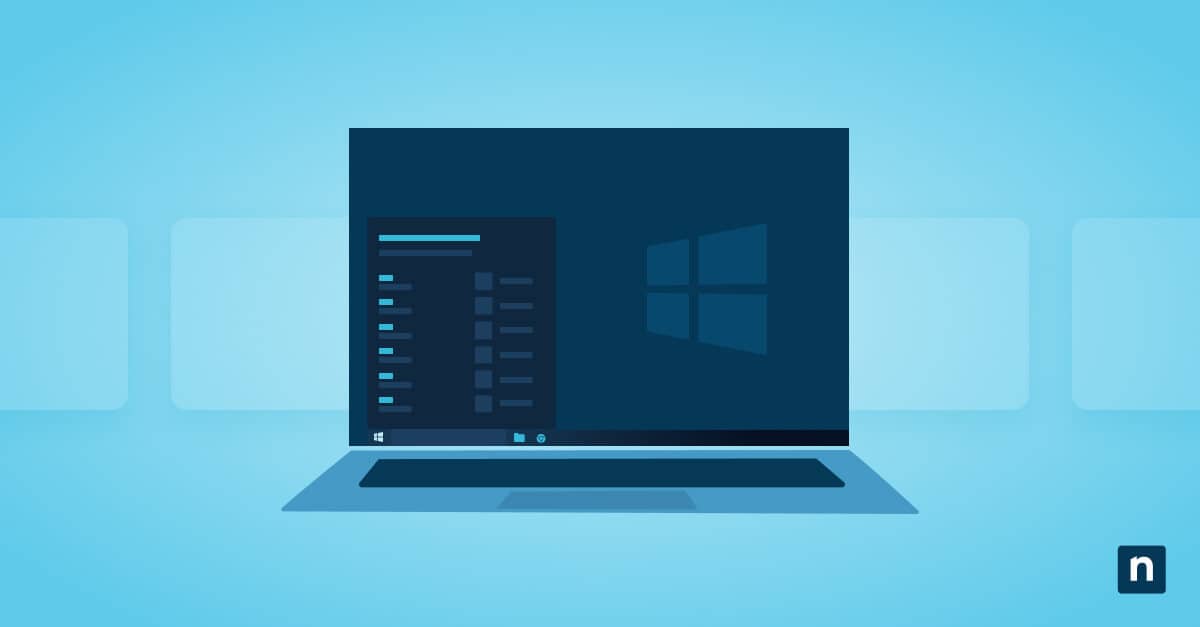Originating from Cisco Systems, Netflow has emerged as a critical protocol in the landscape of network management. Designed to provide in-depth insights into network traffic patterns, Netflow captures and analyzes metadata from data packets traversing network interfaces. This includes details like source and destination IP addresses, port numbers, and protocol types aggregated into comprehensive flows.
Netflow’s role in network management is multifaceted. It equips administrators with the ability to monitor network traffic with precision, swiftly identify anomalies, and optimize overall network performance. Its capacity to dissect traffic flows translates into enhanced capacity planning, optimized bandwidth utilization, and bolstered network security.
More than just a tool for observing network data, Netflow converts this information into actionable intelligence, underpinning informed decision-making and proactive management. In the complex realms of modern network environments, where deciphering and managing intricate traffic patterns is essential, Netflow stands as an indispensable resource, ensuring the robustness and security of network infrastructures.
What is Netflow?
Netflow is a network protocol designed for collecting and monitoring network traffic flow data. It gathers vital metadata about IP traffic passing through network interfaces, such as source and destination IP addresses, port numbers, and protocol types. This data is then aggregated into flows, providing a basis for comprehensive traffic pattern analysis and enabling network administrators to gain a detailed view of network usage and performance.
Netflow’s evolution, initiated by Cisco Systems, includes several versions that have enhanced its capabilities. Notable versions are Netflow v5 and v9, with the latter introducing more flexible and detailed data collection templates. The advent of IPFIX, or Netflow v10, has standardized flow data collection, broadening its use beyond Cisco devices and solidifying its role in traffic analysis.
How Netflow works
Netflow operates by monitoring and capturing details of IP traffic through network devices like routers and switches. When data packets traverse a network interface, Netflow compiles information into flow records, providing valuable insights into traffic sources, destinations, and volumes. This data collection is integral to network analysis, offering a detailed view of network usage patterns and potential bottlenecks.
A Netflow system consists of exporters (network devices generating data), collectors (which receive and store data), and analyzers (interpreting the data). Exporters collect IP traffic information, creating flow records. Collectors aggregate and store these records, while analyzers provide insights into traffic trends, performance issues, and security threats. This combination enables thorough network traffic analysis and management.
Reasons to use Netflow
Netflow data is crucial for network traffic monitoring, aggregating data from different network points to provide a comprehensive view of traffic flow and volume. This allows administrators to monitor network performance, identify bottlenecks, and understand traffic patterns, facilitating the anticipation of issues and ensuring smooth network operations.
In what ways does Netflow assist in analyzing network bandwidth usage and identifying traffic trends? Netflow aids in bandwidth usage analysis and traffic trend identification. It monitors data flow, helping administrators assess how bandwidth is utilized and revealing overused or underutilized links. Observing these trends over time assists in predicting future bandwidth needs and planning network expansion or reconfiguration.
Netflow is also effective in identifying top talkers, applications, and protocols, crucial for understanding network load and potential security issues. By analyzing Netflow data, administrators can determine which applications and protocols are most bandwidth-intensive, aiding in capacity planning and maintaining network security.
Ultimately, Netflow is adept at detecting anomalies and potential security threats through its logs. Its detailed traffic analysis can identify unusual patterns indicative of security incidents like breaches or DDoS attacks. Continuous monitoring of traffic flow enables quick detection of deviations, allowing for swift threat mitigation and enhanced network security.
Benefits of Netflow
Unlock the power of Netflow in network management:
- Enhanced visibility and efficiency: Netflow offers deep insight into network traffic, enabling efficient allocation of resources and bandwidth.
- Real-time monitoring and reliability: Its real-time monitoring aids in swiftly identifying and resolving issues, thus boosting network reliability.
- Bolstered security and compliance: Traffic analytics from Netflow strengthen network security and support capacity planning and policy compliance.
- Informed decision-making: Administrators leverage Netflow’s insights for evidence-based decisions, optimizing network upgrades and resource distribution for a robust network architecture.
- Improved troubleshooting: Netflow provides detailed traffic flow and pattern analysis, accelerating problem resolution and minimizing downtime.
- Proactive capacity planning: By analyzing long-term traffic trends, Netflow aids in proactive network capacity planning, ensuring efficient resource use and supporting organizational growth.
Netflow transforms network management into a more dynamic, data-driven process, empowering administrators to stay ahead in a constantly evolving digital landscape.
How does Netflow compare to SNMP?
Netflow and SNMP (Simple Network Management Protocol) are both integral to network monitoring but differ in their data collection and monitoring approaches.
| Feature | Netflow | SNMP |
| Data collection | Collects detailed traffic data, including flow specifics like IP addresses and volume. | Gathers basic network management data, focusing on device status and general usage. |
| Approach | Passively captures in-depth traffic data for detailed analysis. | Actively polls network devices, providing real-time status updates. |
| Use case | Ideal for detailed traffic analysis, security monitoring, and bandwidth management. | Best suited for basic network health monitoring and performance metrics. |
| Resource intensity | More demanding due to detailed data collection. | Less resource-intensive, suited for quick network snapshots. |
| Flexibility and depth | Offers comprehensive traffic insights, essential for in-depth analysis. | Provides high-level network information, lacking detailed traffic analysis. |
The choice between Netflow and SNMP depends on the network’s specific monitoring needs, whether it’s in-depth traffic analysis or general network health monitoring. The table above highlights the distinct roles and capabilities of Netflow and SNMP, underscoring the importance of choosing the right tool based on specific network management objectives and the intricacies of the network environment.
Netflow implementation and configuration
Implementing and configuring Netflow in a network environment is a structured process that enhances network monitoring and management. The process typically involves the following key steps:
- Device identification & compatibility check: The first step is identifying network devices (like routers and switches) that support Netflow. Ensuring device compatibility with the Netflow version intended for use is crucial.
- Enabling Netflow on devices: This involves configuring network devices to enable Netflow data collection. Administrators need to access the device’s configuration mode and input specific commands to activate Netflow, setting parameters like the Netflow version, and flow timeout settings, and defining the flow record format.
- Configuring Netflow exporters: Devices configured as Netflow exporters collect traffic data and send it to a collector. This step requires specifying the destination IP address and port number of the Netflow collector, ensuring the proper flow of data from the exporter to the collector.
- Setting up Netflow collectors and analyzers: A Netflow collector receives, aggregates, and stores flow data sent by exporters. Alongside, Netflow analyzers are set up to interpret this data. These tools are essential for converting raw data into actionable insights and offering visibility into traffic patterns, bandwidth usage, and potential security threats.
- Choosing the appropriate Netflow version and protocols: Different versions of Netflow offer various features, such as customizable flow records in Netflow v9. Selecting a version depends on network requirements, the level of detail needed, and compatibility with existing infrastructure.
- Netflow data analysis and interpretation: Once collected, Netflow data is analyzed to provide insights into network performance and security. This analysis helps in identifying traffic trends, top talkers, bandwidth hogs, and potential security threats.
- Regular review and optimization: Continuous monitoring and regular reviews of Netflow data are essential. This practice helps in fine-tuning the configuration to meet evolving network needs and maintaining optimal network performance.
Implementing Netflow effectively requires careful planning and execution, with a focus on compatibility, proper configuration, and leveraging the right tools for data analysis. When done correctly, it offers invaluable insights into network operations, aiding in enhanced network management and security.
Popular Netflow tools, like Cisco’s NetFlow Traffic Analyzer, SolarWinds NetFlow Traffic Analyzer, or ManageEngine NetFlow Analyzer offer features for real-time traffic analysis, bandwidth monitoring, and reporting. These tools are vital for in-depth network traffic insights and effective network management. Other convergent tools, like NinjaOne’s Endpoint Management Software, not only potentially enhance and further secure your data storage and retention operations – your Netflow data is aggregated right into your dashboard, saving you clicks and precious time by simplifying the management of your daily operations.
Managing scalability in Netflow deployment involves ensuring scalable collection and analysis infrastructure, employing data aggregation, and optimizing Netflow configuration for large data volumes. Best practices for Netflow data retention and storage include determining an appropriate retention period, secure storage, efficient data management strategies, and implementing a tiered storage system for performance optimization.
The enduring impact of Netflow in network management
Netflow stands at the forefront of network monitoring and security, offering unparalleled insights into network traffic. This tool is not just about observing data – it’s a catalyst for transformative decision-making, driving efficient network management and proactive security measures. The depth of analysis provided by Netflow is vital for strategic network planning and resource allocation.
In the rapidly evolving digital world, leveraging Netflow’s capabilities can be a game-changer for organizations seeking to optimize network performance and fortify their security posture. Explore the possibilities of a more secure, efficient, and data-driven network environment today.







